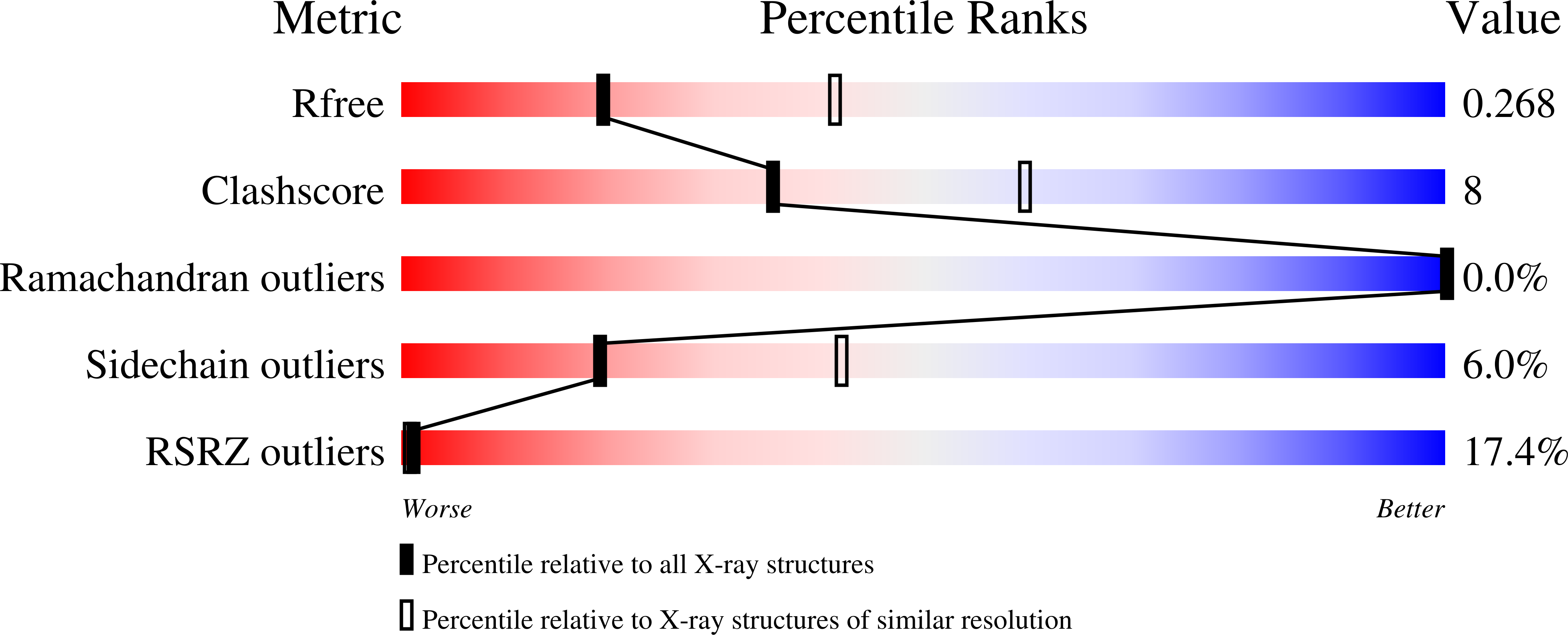
Deposition Date
2021-11-09
Release Date
2022-01-26
Last Version Date
2024-01-31
Entry Detail
Biological Source:
Source Organism:
Streptomyces antibioticus (Taxon ID: 1890)
Host Organism:
Method Details:
Experimental Method:
Resolution:
2.70 Å
R-Value Free:
0.26
R-Value Work:
0.20
R-Value Observed:
0.20
Space Group:
C 1 2 1


